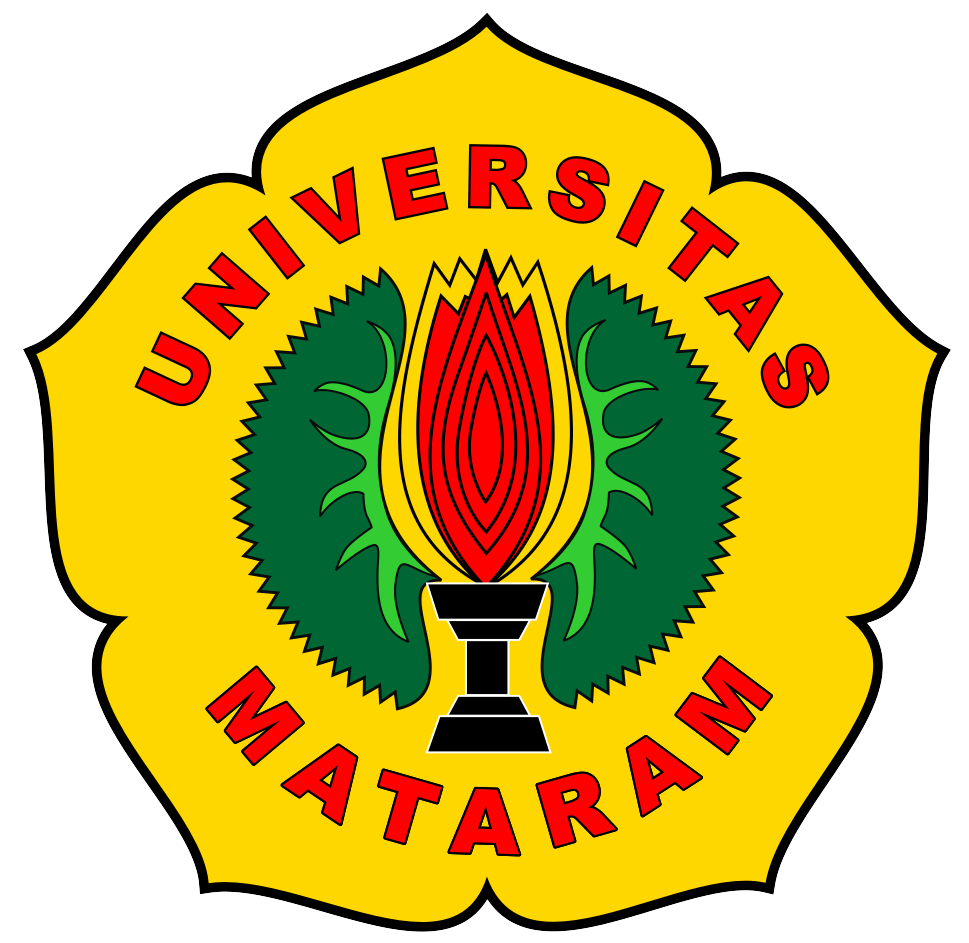Aktivitas Antibakteri Senyawa Fenolik dari Kulit Buah Kopi Robusta (Coffea canephora L.)
DOI:
https://doi.org/10.29303/jk.v12i3.4443Keywords:
antibakteri, E.coli, fenolik, kulit buah, robusta, S.aureusAbstract
Pada Kulit buah kopi terkandung senyawa golongan fenolik yang memiliki efek biologis khususnya sebagai antibakteri. Penelitian ini bertujuan untuk melihat aktivitas antibakteri dari ekstrak dan fraksi kulit buah kopi. Kulit buah kopi diekstraksi dan kemudian difraksinasi menggunakan akuades dan etil asetat. Pengujian kualitatif dilakukan dengan Uji Tabung serta Kromatografi Lapis Tipis (KLT). Pengujian aktivitas antibakteri mengguankan metode difusi cakram dengan kelompok perlakuan kontrol positif (Kloramfenikol 1%), kontrol negatif (DMSO 10%), ekstrak etanol (konsentrasi 20%; 30%; dan 40%), fraksi air dan fraksi etil asetat (konsentrasi 2%; 3%; dan 4%). Masing-masing kelompok kontrol dan perlakuan diletakkan di kertas cakram, kemudian diletakkan pada cawan petri berisi media agar dan bakteri dan kemudian diinkubasi selama 24 jam. Hasil pengujian analisis kualitatif menunjukkan bahwa ekstrak, fraksi air, dan fraksi etil asetat mengandung senyawa fenolik. Pada pengujiam dengan KLT didapatkan hasil bahwa terdapat bercak noda pada senyawa ekstrak etanol dan fraksi etil asetat yang menunjukkan bahwa terdapat kandungan senyawa yang sama diantara keduanya. Pengujian antibakteri terhadap S.aureus didapatkan bahwa ekstrak dan fraksi etil asetat dengan berbagai konsentrasi mampu menghambat pertumbuhan bakteri S.aureus, sedangkan pada pengujian terhadap E.coli hanya ekstrak 40% dan fraksi etil asetat dengan konsentrasi 2%; 3%; dan 4%) yang mampu menghambat pertumbuhan bakteri E.coli. Fraksi air tidak dapat menghambat pertumbuhan bakteri S.aureus dan E.coli. Ekstrak etanol dan fraksi etil asetat kulit buah kopi robusta berpotensi sebagai kandidat antibakteri.
Downloads
Published
Issue
Section
License
Authors who publish with Unram Medical Journal, agree to the following terms:
- Authors retain copyright and grant the journal right of first publication with the work simultaneously licensed under a Creative Commons Attribution 4.0 International License (CC-BY License). This license allows authors to use all articles, data sets, graphics, and appendices in data mining applications, search engines, websites, blogs, and other platforms by providing an appropriate reference. The journal allows the author(s) to hold the copyright without restrictions and will retain publishing rights without restrictions.
- Authors are able to enter into separate, additional contractual arrangements for the non-exclusive distribution of the journal's published version of the work (e.g., post it to an institutional repository or publish it in a book), with an acknowledgment of its initial publication in University of Mataram's Journal of Medicine.
- Authors are permitted and encouraged to post their work online (e.g., in institutional repositories or on their website) prior to and during the submission process, as it can lead to productive exchanges, as well as earlier and greater citation of published work (See The Effect of Open Access).
- This journal is open access journal which means that all content is freely available without charge to users or / institution. Users are allowed to read, download, copy, distribute, print, search, or link to full text articles in this journal without asking prior permission from the publisher or author.






